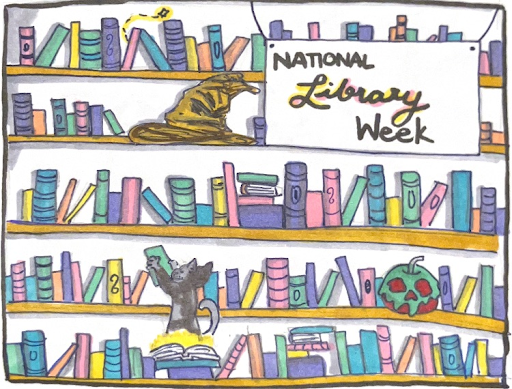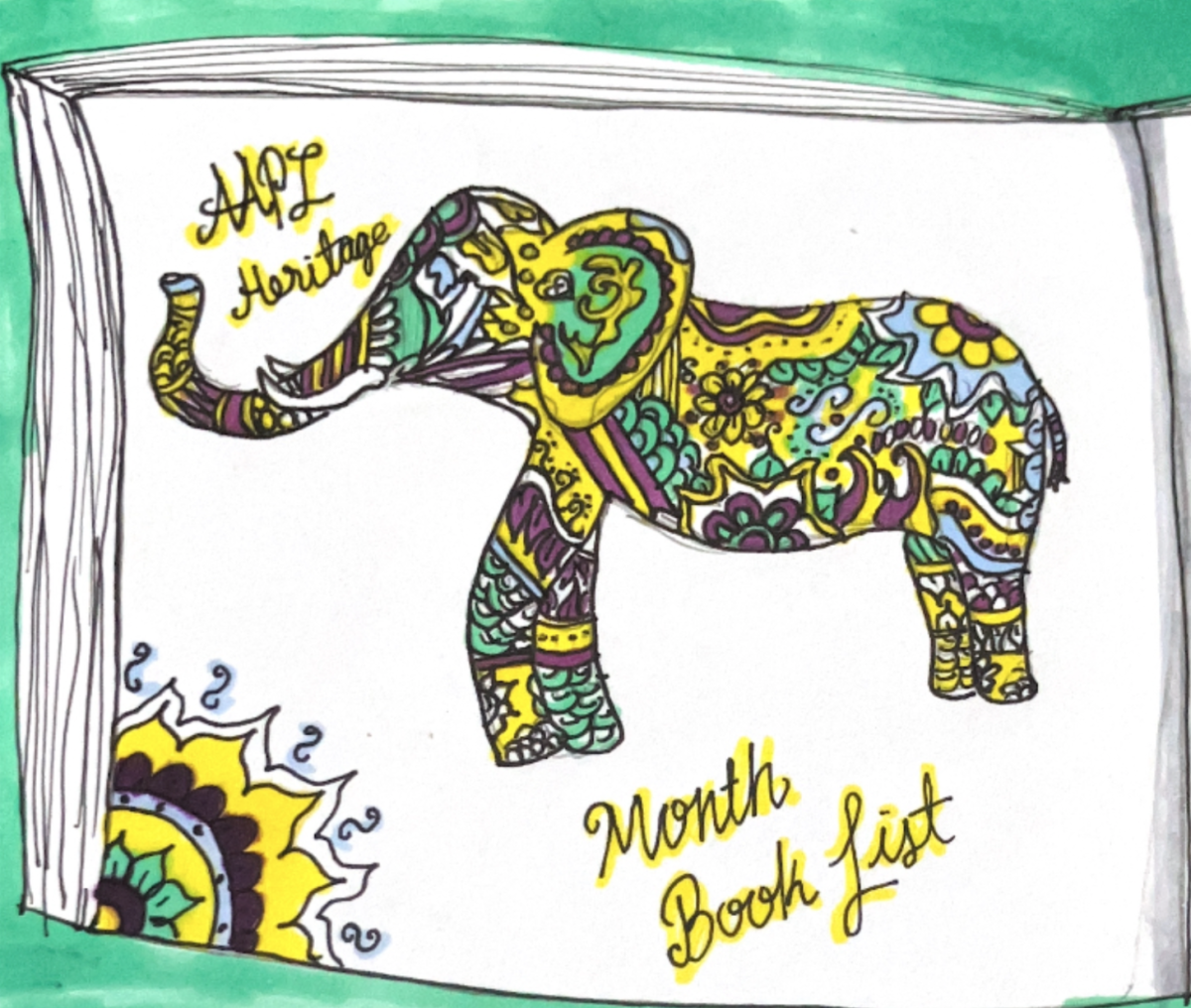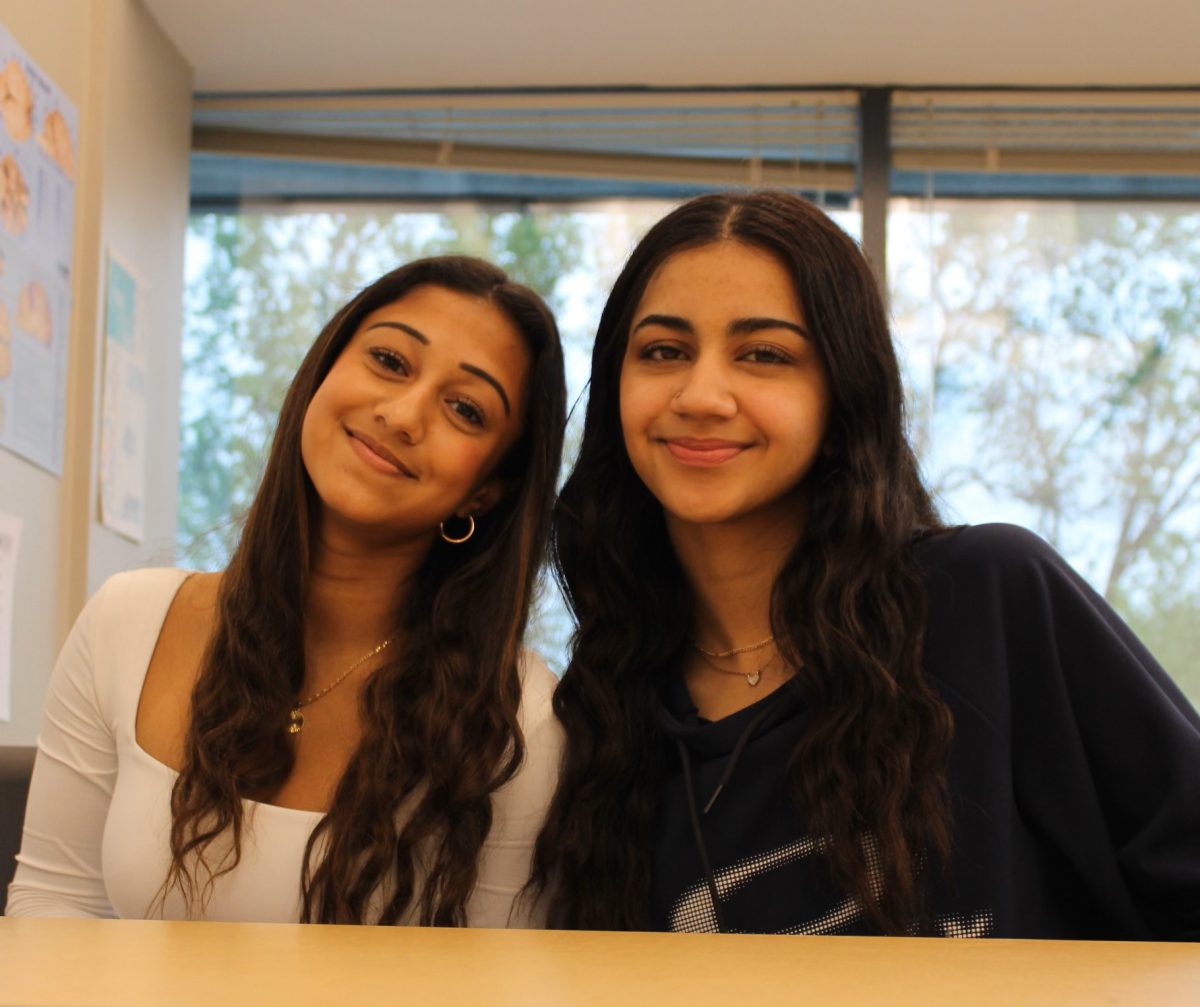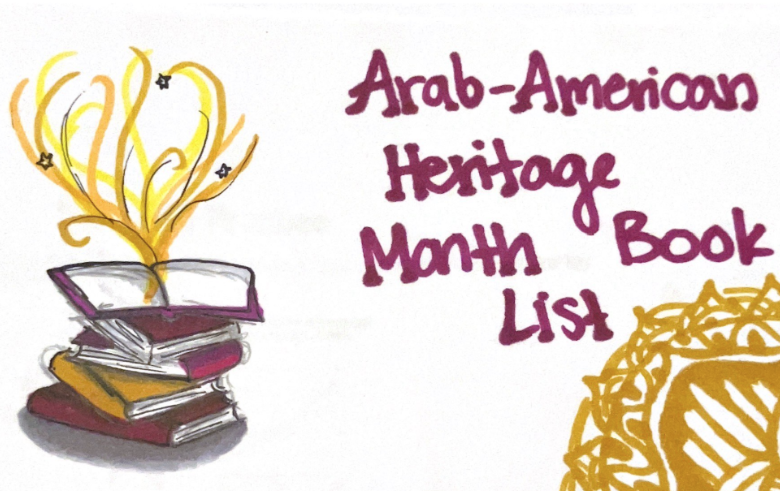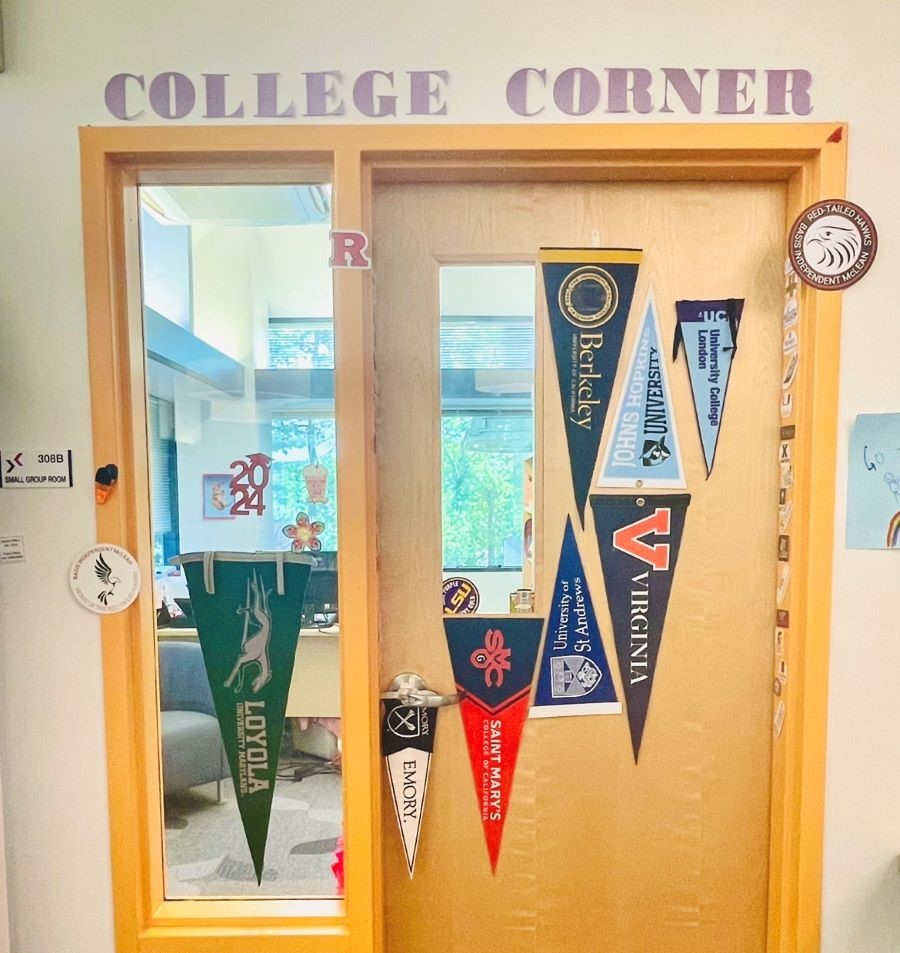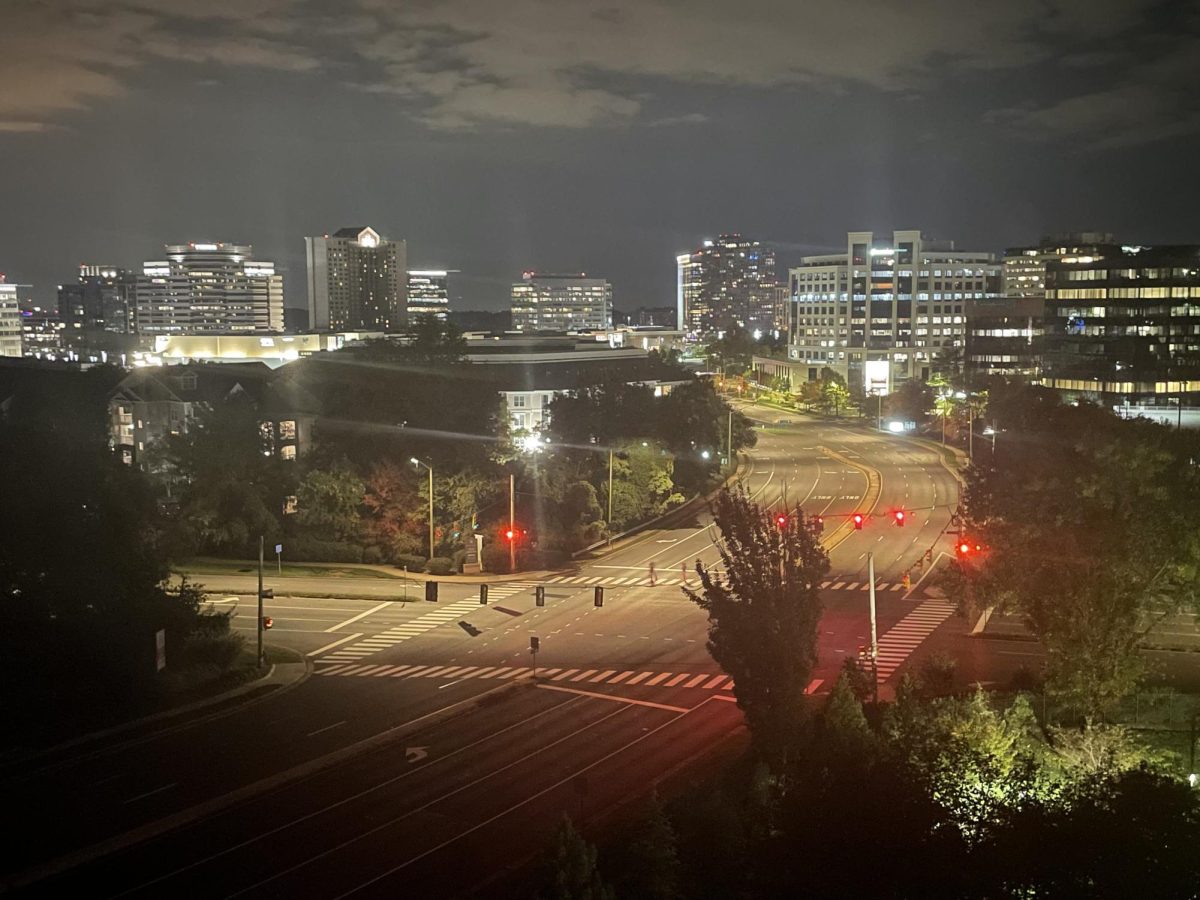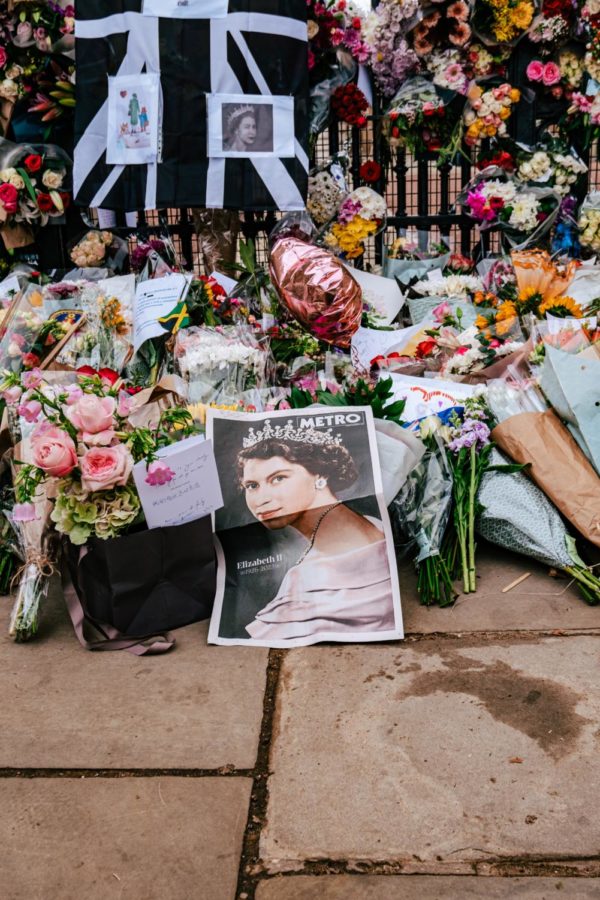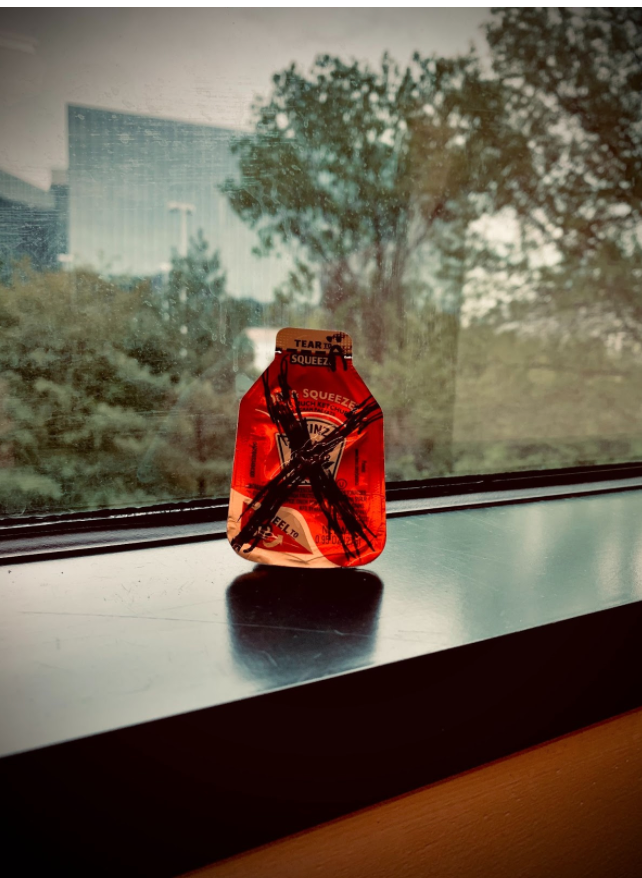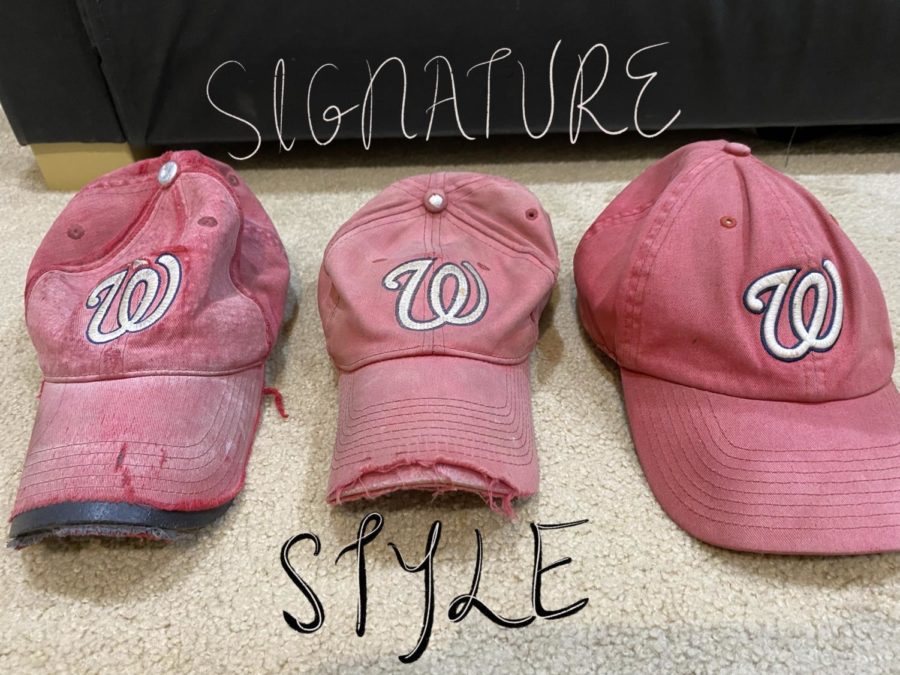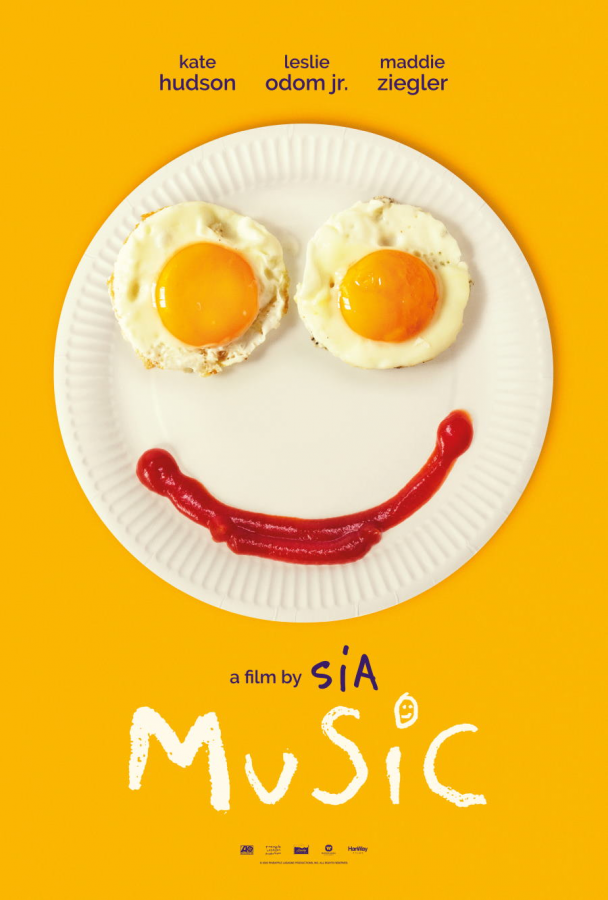Editorial Note: The works selected for this piece represent the columnist’s choices based upon her reading experiences.
First celebrated in 1958 under the sponsorship of the American Librarian Association, National Library Week has been celebrated in libraries and schools across the country as a time to recognize the national importance of libraries and the librarians who work hard to make the world of books accessible to everyone. Each day of National Library Week is devoted to honoring a certain element of libraries and what they bring to their community, allowing us to individually celebrate all the different contributions of our local libraries. Whether it’s volunteering at your local library, attending county book events, or simply reading a library book, there are numerous ways that you can celebrate National Library Week at home or in your community!
![]()
Since the very first National Library Week, last Monday has been dedicated to celebrating the Right to Read. Throughout the years, Right to Read Day focuses on combating censorship and celebrating the right to make choices about the books we read. In honor of this day, people often celebrate by exercising their right to read by reading banned books. To help you celebrate, here are some personal favorite banned books that help recognize a diverse array of perspectives and voices!
Please note that not all of the books on this list may be appropriate for every age group. Books that contain mature themes that may be best suited towards high school readers will be denoted with an asterisk (*) next to the title.
![]()
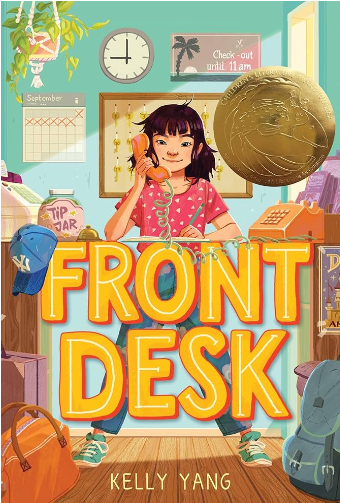
Front Desk (2018)
Originally banned in a number of conservative schools for promoting “antiracism,” Kelly Yang’s semi autobiographical novel Front Desk tells the story of Mia Tang, a ten-year-old Chinese immigrant navigating her new school and life at the motel she helps her parents run. Drawing from her own life as a young girl growing up in a motel in Florida, Yang tells Mia’s story with sharp realism and tangible emotion, painting a realistic portrait of what it’s like to grow up bouncing between two worlds. Yang builds compelling and sympathetic characters in Mia and her best friend, Lupe, giving the story an intimacy that comes from having experienced many of Mia’s struggles and triumphs herself in her own whirlwind childhood.
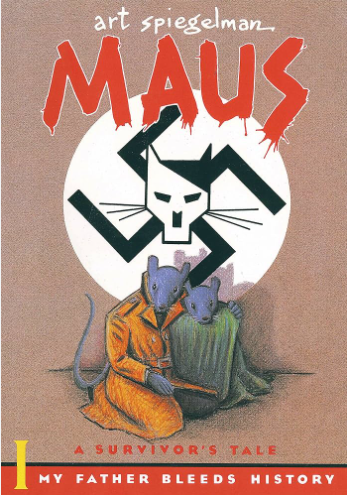 Maus: A Survivor’s Tale (1986)
Maus: A Survivor’s Tale (1986)
Nonsensically banned for “strong language,” Maus tells the story of author Art Spiegelman’s father and his experiences as a Polish Holocaust survivor. With heart-wrenching emotion, Spiegelman focuses on the human cost of one of Europe’s darkest periods, telling this story with a palpable personal connection. Maus, a graphic novel, can be read by both children and adults, and it offers an opportunity to understand the sheer scope of the atrocities that have shaped the lives of thousands of families.
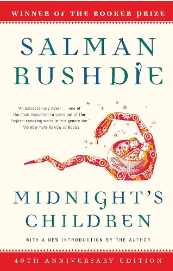 Midnight’s Children (1981)
Midnight’s Children (1981)
Salman Rushdie, the author of Midnight’s Children, is well-known for his public resistance to censorship, at a grave personal cost. After being forced to flee his home, he continued to write despite the fatwa calling for his assassination. In 2022, he suffered a brutal stabbing attack in the midst of giving a speech. Despite this, he continues to write in defiance of those who have tried to silence him, embodying everything that Right To Read Day celebrates. Midnight’s Children, one of his most beloved novels, tells the story of Saleem Sinai, a young boy born at the stroke of midnight on the day India finally gained its independence from England. Utilizing magical realism, Rushdie entangles Saleem’s story with that of a newly independent India, chronicling the tumultuous rise and fall of political regimes and dangerous ideologies through the life of Saleem, perfectly painting a picture of this revolutionary time period that built the foundation of a nation.
![]()
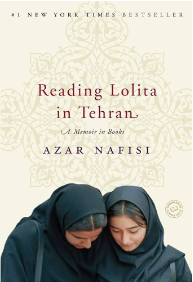 Reading Lolita in Tehran (2003)
Reading Lolita in Tehran (2003)
The ultimate anti-censorship book that has itself been banned by the Iranian government, Reading Lolita In Tehran is a memoir that tells the story of author Azar Nafisi’s life through the books she read. Throughout her childhood growing up in Tehran, banned books have been Nafisi’s sanctuary. As an adult, Nafisi devotes her life to educating young girls, teaching them about the darkest and most brilliant parts of the world through the reading circle she holds in her home. The ultimate banned book, Reading Lolita in Tehran tells the story of coming of age in a tumultuous world, intertwining the changing lives of these girls with the forbidden Western classics they treasure in secret.
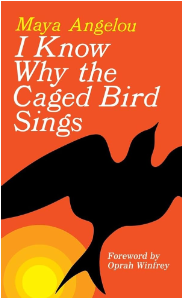 I Know Why The Caged Bird Sings* (1969)
I Know Why The Caged Bird Sings* (1969)
Maya Angelou’s widely-banned memoir I Know Why The Caged Bird Sings tells the story of Angelou’s traumatic and complex childhood growing up in Arkansas under the care of her grandparents. The book unflinchingly recounts the trauma Angelou suffered after being molested and abused as an elementary school-aged child, while also interweaving themes of family and racial tensions throughout the narrative. Beautifully written even when describing the ugliest parts of humanity, this fiercely honest memoir is infused with Angelou’s renowned poetic talent, making it an emotional, enthralling read.
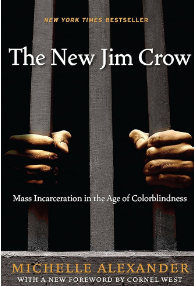 The New Jim Crow: Mass Incarceration In The Age of Colorblindness (2010)
The New Jim Crow: Mass Incarceration In The Age of Colorblindness (2010)
Banned by federal prison systems for its “racial overtones”, The New Jim Crow highlights the dark legacy of discrimination that still continues into the seemingly benign era of “colorblindness” in the United States. In this eye-opening, deeply researched book, Michelle Alexander reveals the overlooked criminal justice system crisis, detailing the depth and scope of the effect of the pseudo-caste system created by mass incarceration. This book revolutionizes the way we think of activism and systemic injustice, shedding light on a scarcely acknowledged crisis hindering any attempt at social progress and racial justice.

